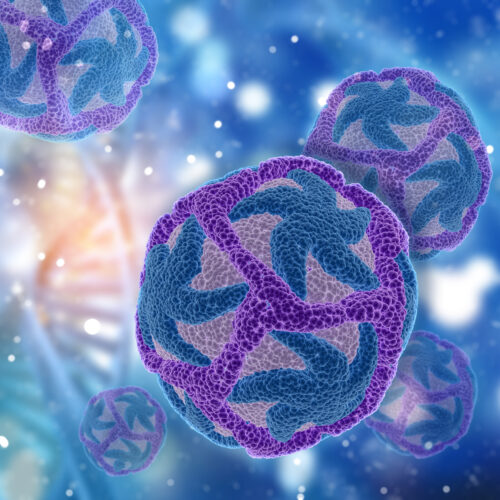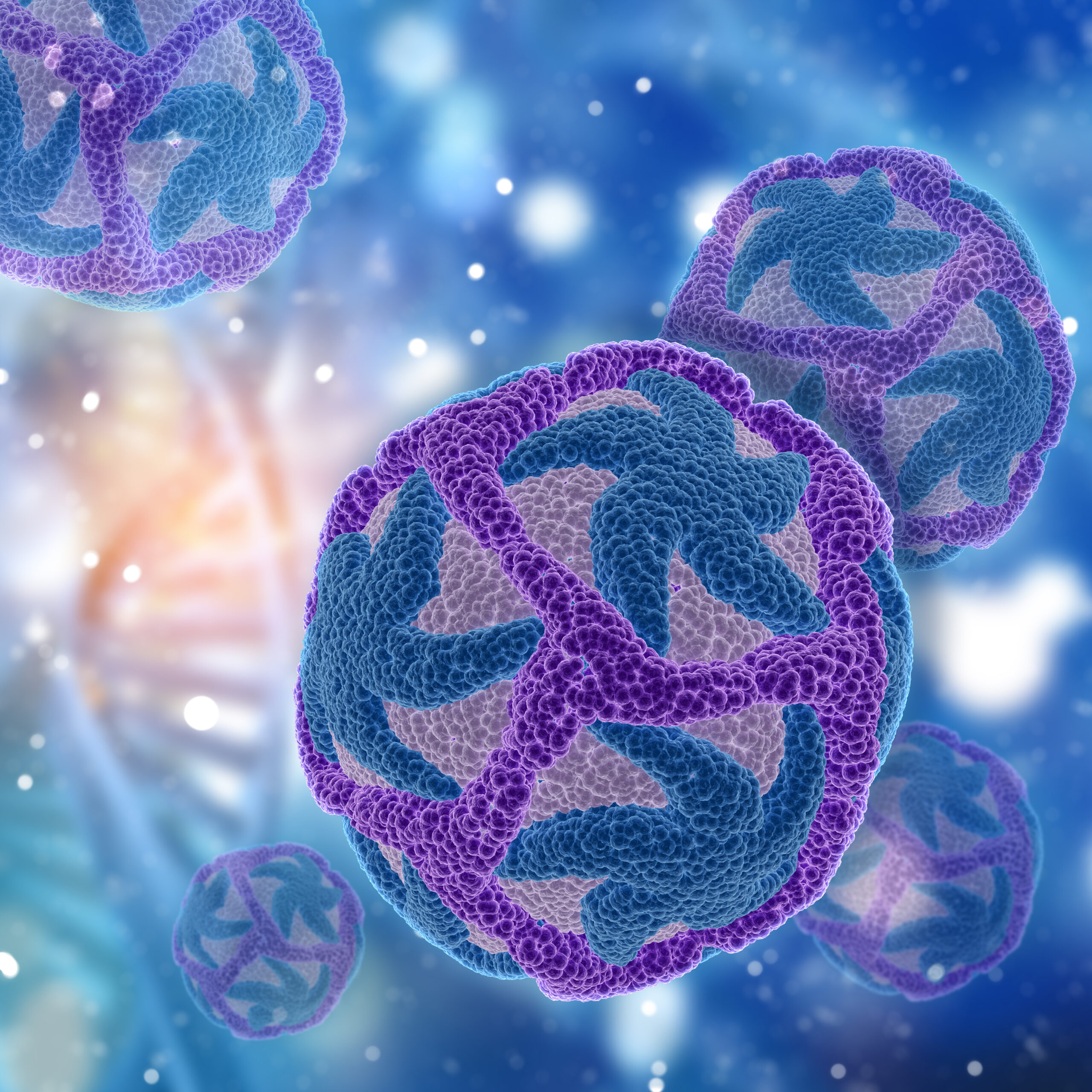Research Scientist (HackBio Internship, Remote)
March 1, 2025
Research Objectives
The primary goal of this research is to uncover the molecular regulators that control T. brucei cell division and differentiation, integrating experimental biology with computational analysis to achieve a multi-dimensional understanding of parasite function.
Key objectives include:
-
Characterizing protein expression and localization patterns across cell cycle stages.
-
Investigating gene expression dynamics using transcriptomic profiling.
-
Integrating proteomic and transcriptomic data to identify regulatory interactions.
-
Applying large-scale image and data analysis pipelines to uncover quantitative relationships between protein abundance, localization, and gene expression.
Computational and Data Analysis
High-throughput datasets generated from microscopy and sequencing experiments are analyzed using computational tools:
-
Python and MATLAB for image segmentation, cell tracking, and pattern recognition.
-
Comparative analysis of protein expression and transcriptomic data to identify gene–protein correlations.
-
Integration of multi-omics data (proteomics and transcriptomics) to build predictive models of parasite regulation.
Molecular and Cellular Techniques
Wet-lab experiments are conducted to manipulate and observe T. brucei cells under controlled conditions. Techniques include:
-
Genetic editing to tag and modify specific genes.
-
Fluorescent microscopy for high-resolution visualization of protein distribution during cell division.
-
Quantitative assays to monitor protein expression dynamics.
Significance of the Study
This research provides critical insights into the molecular mechanisms governing trypanosome biology, helping to understand how these parasites adapt, replicate, and evade host immune responses. By linking molecular experimentation with computational modeling, the project contributes to:
-
Identifying potential therapeutic targets within the parasite’s cell cycle machinery.
-
Advancing multi-omics integration methods in parasitology research.
-
Strengthening bioinformatics frameworks for image-based and genomic data interpretation.
Ultimately, the study enhances our understanding of parasite biology at both molecular and systems levels, with broader implications for infectious disease control and drug development.
Significance of the Study

This research provides critical insights into the molecular mechanisms governing trypanosome biology, helping to understand how these parasites adapt, replicate, and evade host immune responses. By linking molecular experimentation with computational modeling, the project contributes to:
-
Identifying potential therapeutic targets within the parasite’s cell cycle machinery.
-
Advancing multi-omics integration methods in parasitology research.
-
Strengthening bioinformatics frameworks for image-based and genomic data interpretation.
Ultimately, the study enhances our understanding of parasite biology at both molecular and systems levels, with broader implications for infectious disease control and drug development.
Tools and Technologies
-
Fluorescent Microscopy – image-based protein expression studies
-
Genetic Editing Techniques – CRISPR/Cas and tagging strategies
-
Python & MATLAB – image analysis, data visualization, and quantitative modeling
-
Transcriptomic & Proteomic Datasets – comparative and integrative analyses
Tools and Technologies

-
Fluorescent Microscopy – image-based protein expression studies
-
Genetic Editing Techniques – CRISPR/Cas and tagging strategies
-
Python & MATLAB – image analysis, data visualization, and quantitative modeling
-
Transcriptomic & Proteomic Datasets – comparative and integrative analyses








